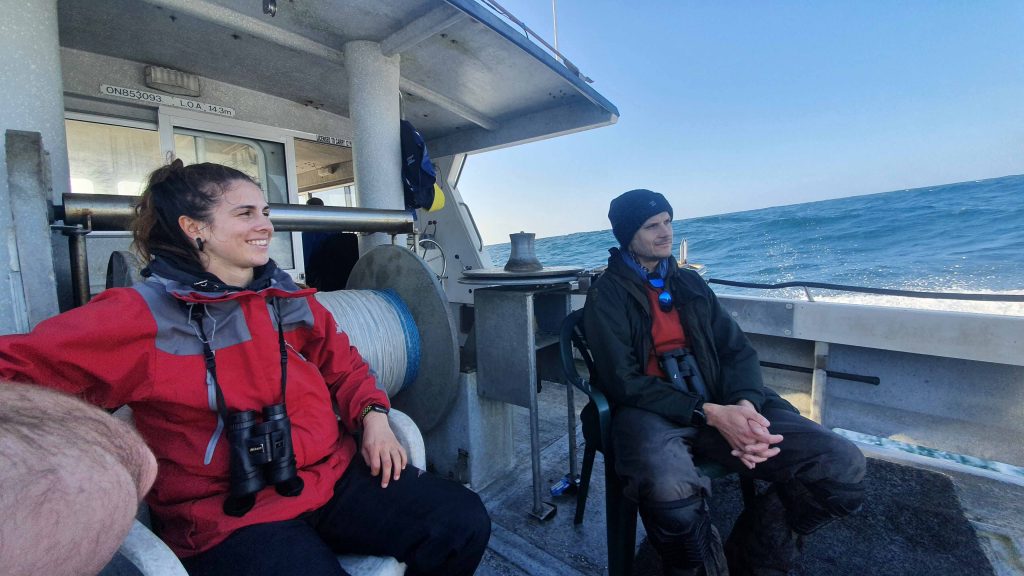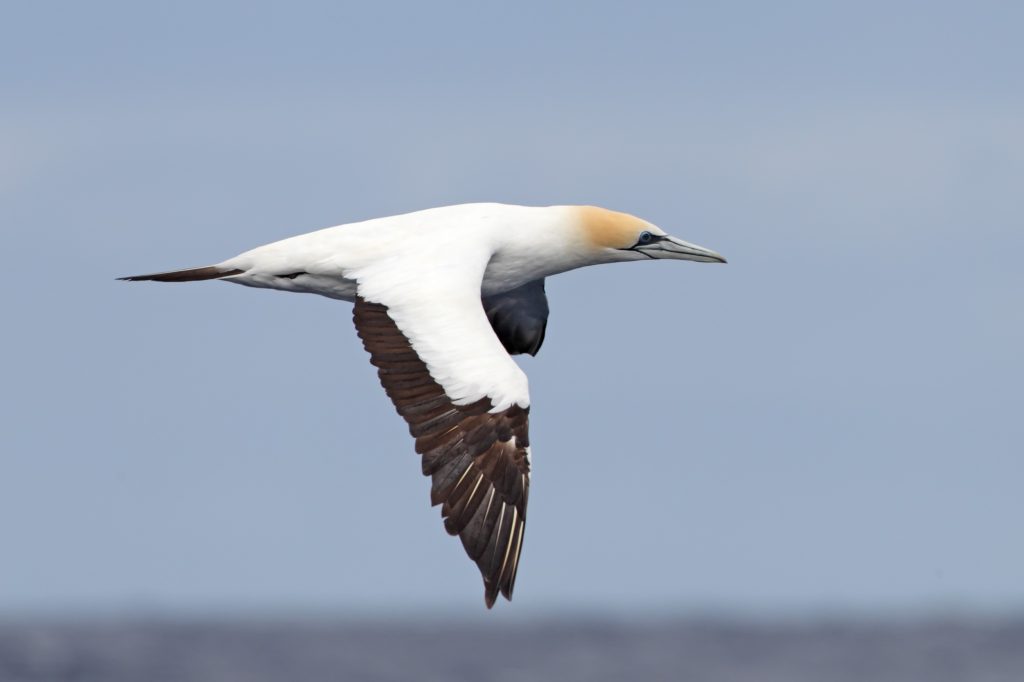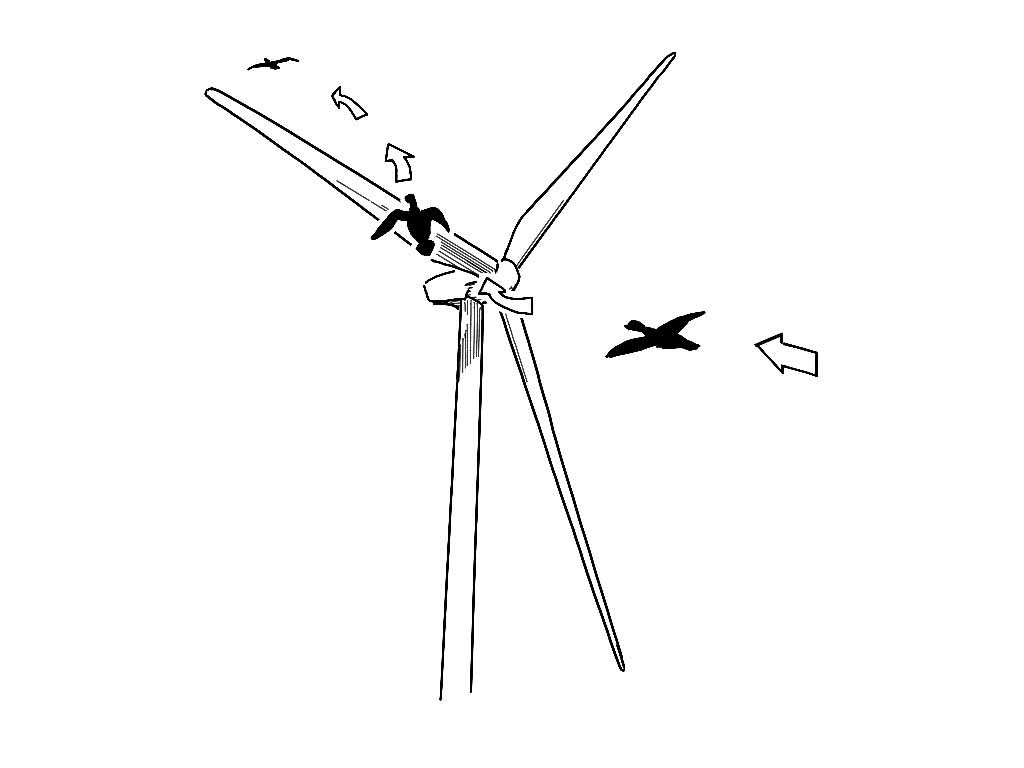Star of the South offshore wind farm seabird and marine surveys
Since 2020 Biosis has been a leader in marine wildlife surveys and environmental impact assessment for projects within the Gippsland offshore wind zone, including marine bird surveys, digital aerial survey image review (with LiDAR), bird collision risk modelling and boat-based surveys. The team has unrivalled experience understanding the seabird species present within the project area and wider region, including seabird distribution, abundance and behaviour.
Date: 2020
Client: RPS Australia Asia Pacific on behalf of Star of the South
Location: Gippsland, Victoria Australia
Background: The Star of the South is one of Australia’s first proposed offshore wind farms, located off Victoria’s Gippsland coast. The project would deliver up to 2.2 GW of energy.
Project Overview
Biosis, leaders in wind farm environmental impact assessments, was engaged to a deliver a multi-year, integrated avifauna survey program for the Star of the South offshore wind project, supporting its Environmental Impact Assessment (EIA).
- Baseline seabird surveys: documenting seabird presence and utilisation within the local offshore environment.
- Avian collision risk modelling (CRM): adapted a model to assess turbine collision risk specific to seabirds.
- Shorebird surveys: documented shorebird presence and habitat use along potential cable landfall areas.
- Shorebird migration departure surveys: documented migratory pathways and behaviour through targeted departure surveys by experienced ecologists.
- Expert advice and interpretation to optimise the use of data from the range of complementary survey methods utilised, including boat-based visual surveys, tracking studies, Digital Aerial Surveys (DAS) and LiDAR (Light Detection and Ranging).
With a strong focus on scientific integrity and stakeholder engagement, our team of experienced marine ecologists and offshore specialists work collaboratively to help clients navigate the complex environmental and legislative requirements of offshore renewable energy development.



Threats
The main identified threats to birds and marine life from offshore wind farms relate to behavioural responses to wind turbines and vessels (disturbance and displacement), direct collision risk with turbine blades and associated infrastructure. In addition, construction activities to prepare for the cable landfall may impact shorebird nesting and migratory patterns.
Expertise
Our expertise spans the full project lifecycle, from feasibility studies and baseline environmental assessments to construction monitoring and post-construction assessment and monitoring.
Our staff have extensive expertise in seabird and marine mammal ecology, migratory birds, impact assessments and regulatory compliance. As Australian leaders in ecological surveys, spatial analysis, and avian collision risk modeling, our team is equipped to balance development goals with ecological sustainability and legislative requirements.
